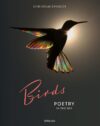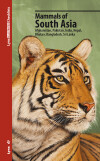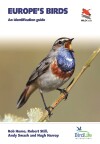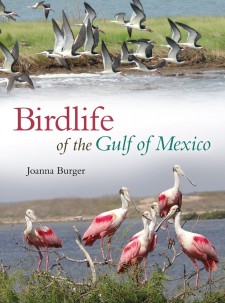 Birdlife of the Gulf of Mexico
Birdlife of the Gulf of Mexico
by Joanna Burger
From Texas A&M University Press:
The Gulf of Mexico is one of the most important ecological regions in the world for birds. The mosaic of diverse habitats in the region provides numerous niches for birds. There are productive salt marshes, barrier islands, and sandy beaches for foraging and nesting; a direct pathway between North and Central and South America for migrating; and warm, tropical waters for wintering. Many species are residents all year around, some migrate through, and still others spend the winter along the shores. The Gulf Coast is home to a significant portion of the world’s population of Reddish Egret and Snowy Plover and a significant portion of the US breeding populations of certain birds, including the Sandwich Tern, Black Skimmer, and Laughing Gull. In total, there are more than 400 bird species that rely on the Gulf at some time during the year.
Drawing on decades of fieldwork and data research, renowned ornithologist and behavioral ecologist Joanna Burger provides detailed descriptions of birdlife in the Gulf of Mexico. Burger records trends in bird population, behavior, and major threats and stressors affecting birds in the region, including the effects of the Deepwater Horizon oil spill in 2010. While some of this data exists in journal articles, research papers, and government reports, this is the first volume to weave together a comprehensive overview of the birds and related natural resources found in the Gulf of Mexico.
Illustrated with over 900 color photographs, charts, and maps, this landmark reference volume will be immensely important for researchers, conservationists, land managers, birders, and wildlife lovers.
This mammoth book is a tour de force, covering the habitat, birds’ use of such habitat, threats, and status of selected indicator species for the entirety of the Gulf (not just the U.S. portion). I wholeheartedly agree with the statement above that this is an essential resource for researchers, conservationists, and land managers. For birders and wildlife lovers, I wouldn’t go as far as to say essential, but rather highly recommended if you are at all interested in learning more about this region and its birds.
Birdlife of the Gulf of Mexico
by Joanna Burger
Hardcover; 776 pages
Texas A&M University Press; January 2, 2018
ISBN: 9781623495466
$75.00


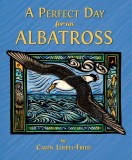
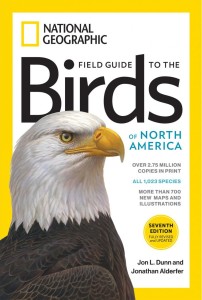
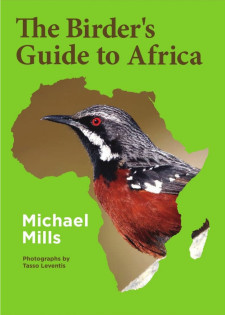 The Birder’s Guide to Africa
The Birder’s Guide to Africa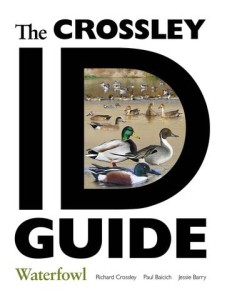 The Crossley ID Guide: Waterfowl
The Crossley ID Guide: Waterfowl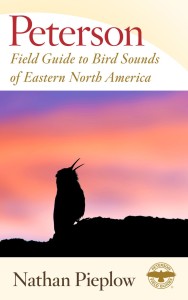 Peterson Field Guide to Bird Sounds of Eastern North America
Peterson Field Guide to Bird Sounds of Eastern North America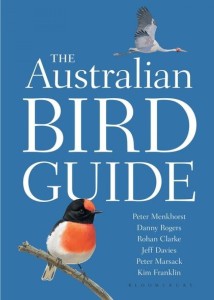 The Australian Bird Guide
The Australian Bird Guide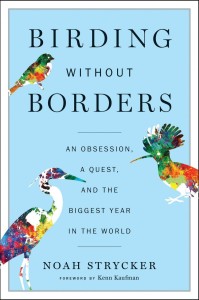 Birding Without Borders: An Obsession, a Quest, and the Biggest Year in the World
Birding Without Borders: An Obsession, a Quest, and the Biggest Year in the World
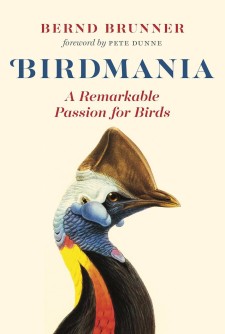 Birdmania: A Remarkable Passion for Birds
Birdmania: A Remarkable Passion for Birds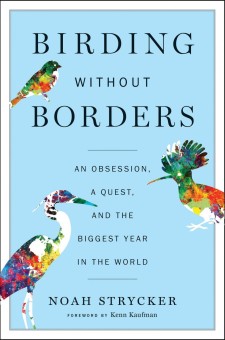 Birding Without Borders: An Obsession, a Quest, and the Biggest Year in the World
Birding Without Borders: An Obsession, a Quest, and the Biggest Year in the World



